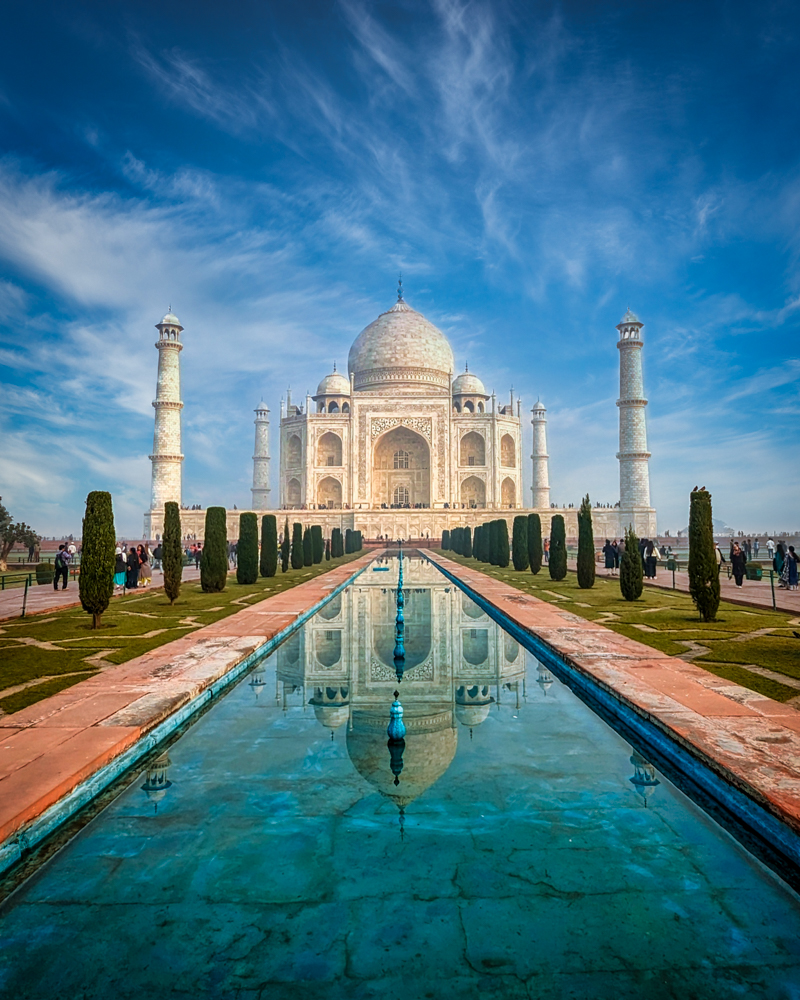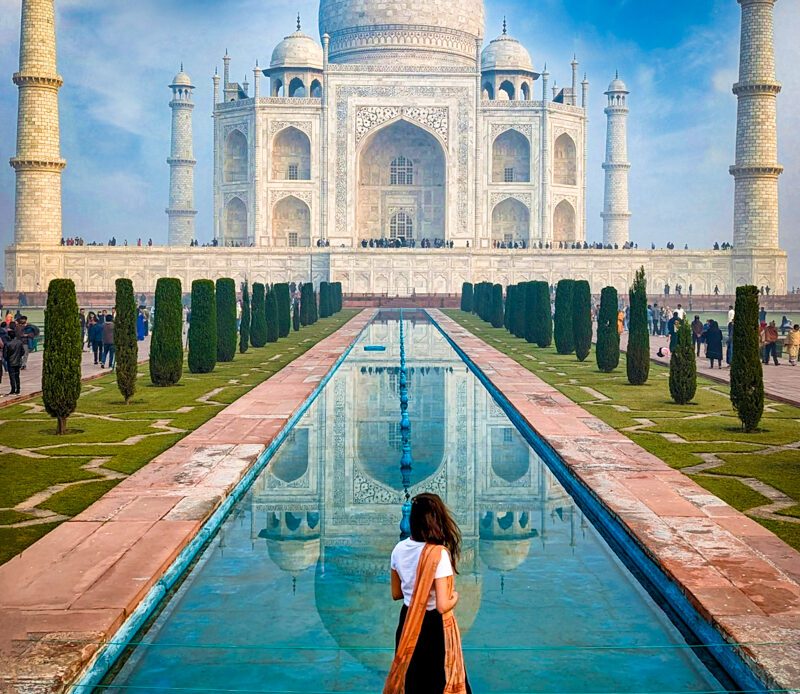From the rush and thrill of New Delhi to the pyres of Varanasi, we share the highs and lows of our Essential India tour
“India is not a holiday; it’s an experience,” says our guide in what sounds like a promise but might also be a warning. India, she’s trying to say, is unpredictable – not easily tamed and packaged for the average tourist.
I can sense the nervousness in our motley crew of 14 who have gathered in a Delhi hotel this mild December evening. Most of us are well-travelled, but are wary of India’s challenges – the noise, the traffic, the pollution – and have opted for a guided trip with small-group specialists G Adventures.
Our 15-day Essential India tour will take in the ‘Golden Triangle’ of Delhi, Jaipur and Agra, but with some less-trodden sights along the way. We’re excited, but there’s also a sense of unease in the air. Will the Taj Mahal live up to the promise? Will we suffer the dreaded Delhi belly? Will the overnight train be a nightmare? And will our knees survive the squat toilets?
I can’t say our worries were entirely unfounded. There were numerous challenges along the way. India is indeed busy and noisy and chaotic, but if you accept that you can’t change a country in 15 days, you’ll likely discover a place of wild beauty, rich history and undeniable majesty. Here are the highlights to expect along the way.
Our Essential India tour
Taj Mahal
The Taj Mahal was to be my sixth of the Seven World Wonders and I assumed that – like Christ the Redeemer – it would be one of the less impressive. After all, it’s not as sprawling as Petra or entwined with nature like Machu Picchu. It’s not as old as the Colosseum or the Great Wall of China.
I expected it to look too shiny and clean, like the gleaming mosques of Dubai and other new cities. But the Taj Mahal is iconic for a reason and it’s perhaps a sign of western hubris that I expected otherwise.

Atlas & Boots
Kia at the iconic Taj Mahal
The scale of the building is magnificent and the symmetry is stunning, made all the more affecting by its origin story. The Taj was famously built by the Emperor Shah Jahan as a memorial for his beloved wife, Mumtaz Mahal, who died giving birth to their child.
Poet Rabindranath Tagore described it as ‘a teardrop on the cheek of eternity’ while writer Rudyard Kipling called it ‘the…
Click Here to Read the Full Original Article at Atlas & Boots…
